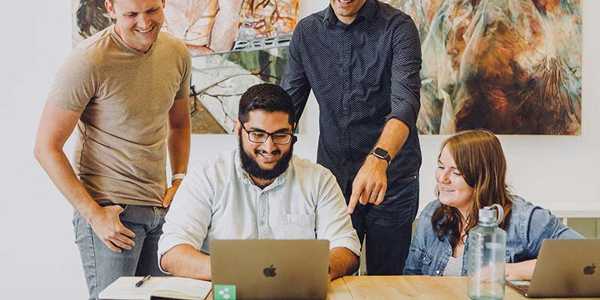
HIV prevention is a crucial part of leading a healthy and informed life. By understanding effective ways to protect yourself and your community, you can take control of your health and help reduce the spread of this virus. This guide breaks down simple yet powerful strategies you can use to minimize your risk and make a meaningful impact in your life and the lives of others.

1. Safe Sex Practices: Your First Line of Defense
The most effective way to prevent HIV is by practicing safe sex. Consistently using condoms during vaginal, anal, or oral sex provides a reliable barrier that blocks the transmission of HIV and other sexually transmitted infections (STIs).
However, protection doesn’t stop with condoms. Reducing your number of sexual partners significantly decreases your exposure risk. Regular testing for HIV and STIs ensures that any infections are detected early, allowing for prompt treatment and reducing potential transmission to others.
Pro Tip: If you’re unsure how to use condoms correctly, many clinics and online resources provide clear guidance. Confidence in your knowledge boosts your safety!
2. Stay Educated: Knowledge Saves Lives
Understanding how HIV is transmitted and prevented is one of the most powerful tools in fighting the virus. Sharing this knowledge with friends, family, and your community can dispel myths and reduce stigma, leading to healthier practices for everyone.
Public health campaigns and online resources offer up-to-date information on the latest prevention methods. The more people know about HIV risks and protections, the safer we all are.
3. Know Your Status: Regular Testing is Key
Routine HIV testing is essential, especially for individuals at higher risk. Early detection can save lives, providing access to treatments that help prevent complications and reduce the likelihood of transmission.
Testing services are widely available through health clinics and community organizations, often at little to no cost. By knowing your status, you can take informed steps to protect yourself and your partners.
4. PrEP: Revolutionizing HIV Prevention
For individuals at high risk, Pre-Exposure Prophylaxis (PrEP) is a groundbreaking medication that reduces the risk of contracting HIV by over 90%. This daily pill blocks the virus from establishing an infection if you’re exposed.
PrEP is especially beneficial for:
- Individuals with partners living with HIV
- People who inject drugs
- Those engaging in unprotected sex
Speak with a healthcare provider to see if PrEP is right for you. Assistance programs and insurance options make this life-changing medication accessible to more people than ever before.
5. Safer Drug Use: Protect Yourself and Others
For individuals who inject drugs, sharing needles remains a significant risk for HIV transmission. Needle exchange programs allow users to trade used syringes for sterile ones, dramatically reducing this risk.
These community-based programs have been proven to lower HIV infection rates and improve public health outcomes. Supporting these initiatives is an effective way to promote safety and health within your community.
6. ART: Treatment as Prevention
For individuals living with HIV, antiretroviral therapy (ART) is not only life-saving but also helps prevent the spread of the virus. ART reduces the viral load in the blood to undetectable levels, meaning the virus cannot be transmitted through sexual contact.
This concept, known as Undetectable = Untransmittable (U=U), highlights the importance of adhering to prescribed treatments. ART is a cornerstone of both individual health and public HIV prevention efforts.
7. Support Your Community: Together We Are Stronger
HIV prevention isn’t just about individual actions—it’s a collective effort. Encourage those around you to get tested, practice safe sex, and stay informed. Reducing stigma and fostering open conversations about HIV creates safer, more supportive environments for everyone.
Supporting HIV education and prevention programs in your area amplifies these efforts, helping to build healthier communities and protect future generations.
Take Action Today: Protect Yourself and Others
HIV prevention starts with awareness and a commitment to taking action. Whether through safer sex practices, regular testing, PrEP, or supporting others, every step you take brings us closer to a world free of HIV.
Stay informed, take control, and make a difference today. Your health—and the health of your community—depends on it.







